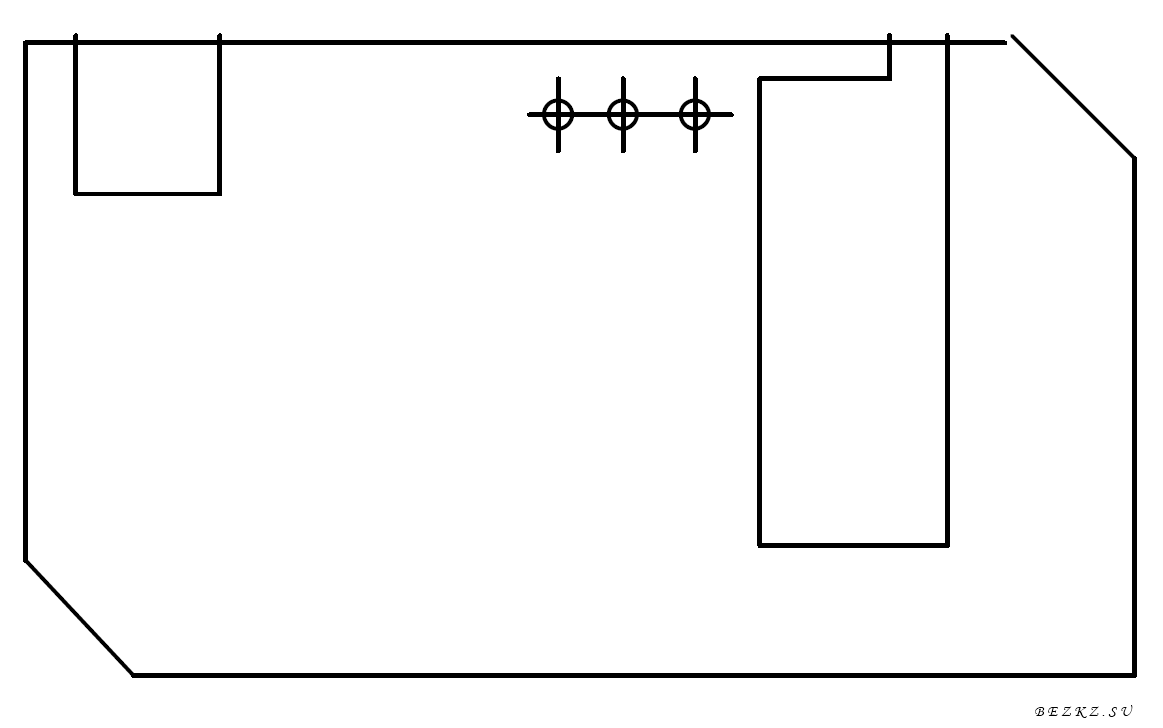
Atmel ARM microcontrollers contain a boot program called SAM-BA. The SAM-BA boot program can be loaded to the Flash memory of the microcontroller by closing a jumper on the microcontroller board and then powering up the board. Examples: (e.g. AT91SAM7S256); ATSAM3U microcontrollers use the ERASE pin to load SAM-BA (e.g.
Atmel sam-ba usb will illustrate ztmel use of the Linux version but probably the Windows version will work in the same way. So I think it’s the problem of driver: Click the Windows Start button and then right-click Computer.
Once the SAM-BA boot software is loaded to Flash memory, the microcontroller will then run the SAM-BA software when powered up. Microcontrollers that have a USB port and SAM-BA running can then be connected to a PC and programmed via a USB cable using the. This article shows how to install the driver in Windows 7 that the SAM-BA PC software uses.
SAM-BA USB CDC Driver When the Atmel ARM based board is plugged into a PC USB port, the driver makes the Atmel USB microcontroller configure as a USB CDC port that will appear as a COM port in Windows. The driver will be copied to the PC if the SAM-BA PC software is installed. It can also be downloaded here: (To save the above driver, right-click and choose Save Link As. Or whatever save item your browser uses) Installing the Driver 1. Plug the Microcontroller Board into the PC After plugging in the microcontroller (and powering it if externally powered), Windows will try to install a driver. Automatic driver installation will fail.
Open Device Manager Click the Windows Start button and then right-click Computer. Click Properties on the menu that pops up. In the window that opens, click 'Device Manager'. The Atmel microcontroller running SAM-BA will be displayed as an 'unknown device'.
Update the Driver Right-click the unknown device in the device manager and then click Update Driver Software. On the menu that pops up. In the dialog box that pops up, click Browse my computer for driver software. Click the Browse. Use the dialog box to navigate to the folder containing the. The correct path will now appear in the dialog box. Click the Next button at the bottom of the dialog box.
Zhivotnie kotorie zaneseni v krasnuyu knigu moldovi. Write something about yourself. No need to be fancy, just an overview. No Archives Categories.
In the dialog box that pops up, click Install this driver software anyway. The driver may take a while to install.
You will be notified when installation is complete. Back in the Device Manager window, the new device and COM port number assigned to it can be seen.
Testing the Driver and Microcontroller Board After installing the driver, it can be tested by using the SAM-BA application software on the PC, or by using a terminal emulator as shown here. Use a terminal software program such as. Connecting with the Terminal Emulator Start the terminal program, select the COM port shown in device manager, e.g. Set the Baud rate to 115200 and then click the Connect button. Requesting the SAM-BA Version To test that the terminal emulator can communicate with the SAM-BA software running on the microcontroller, the version of the SAM-BA software can be requested.
This is done by sending a specific message to the microcontroller / SAM-BA software. At the bottom of the terminal window, click the +CR checkbox. This will insert a carriage return character at the end of the message to send. Now type V# into the Send field and then click the Send button to send the SAM-BA version request message. SAM-BA Version Response The SAM-BA software will respond with the SAM-BA version information as shown below.